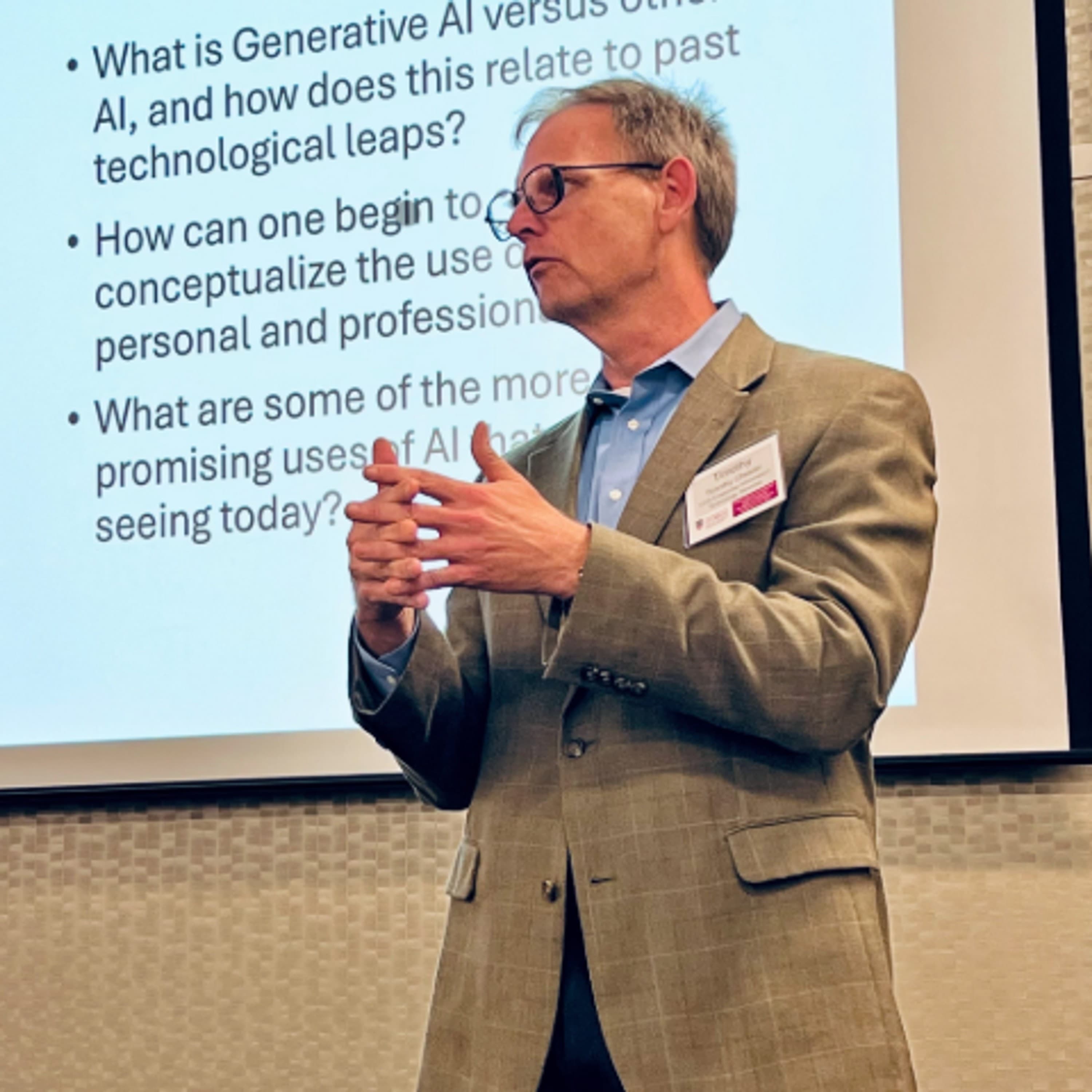Deep Dive: GenAI and the Economic Revolution of Work
This episode examines how GenAI could drive economic transformation by radically simplifying workflows, contrasted with the Internet's success in 1993 and the iPhone's limited productivity impact in 2007. Learn practical work simplification principles inspired by Toyota and their application in sectors like healthcare and cybersecurity. We also address the cultural hurdles and structural resistance that slow GenAI adoption, featuring insights from a CIO's leadership journey.
About the podcast
Technology is reshaping higher education, leadership, and the economy—but the biggest challenges aren’t just technical, they’re cultural and structural. Created by Timothy Chester, this podcast explores the real impact of AI, automation, and digital transformation on universities, work, and society. With a sociologist’s lens and decades in higher ed IT leadership, he cuts through the hype to uncover what truly matters.
Share this episode
Share with friends and family
